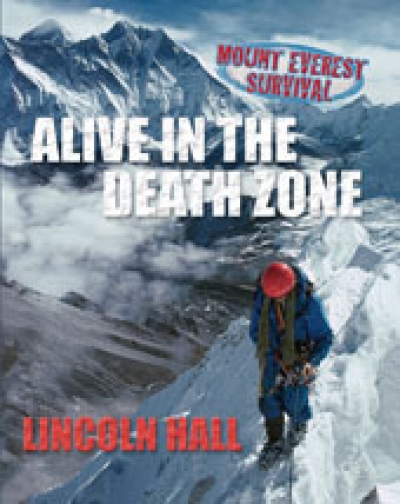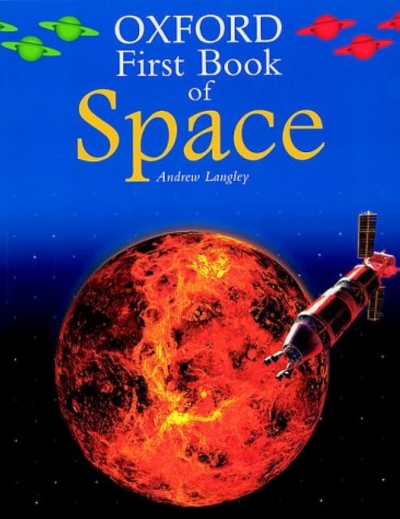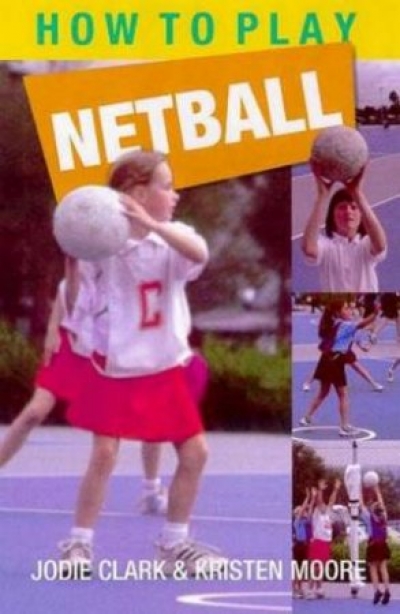Both of the OUP First Books have been designed with the early reader in mind. Clear colourful pictures, large print and unambiguous headings make these books a pleasure to read. Information is set out in an orderly way, from the general to the specific. There is scope for enthusiasts to skip to their particular interest, but, for the general reader, the narrative as a whole is satisfying. Barbara Taylor’s First Book of Dinosaurs gives the basic facts that the six- or seven-year-old wants to know: what kind of animals were they, and how do we know they existed? A history is followed by general descriptions of behaviours and physical types, then double-spreads on featured groups such as the well-known T.rex and stegosaurus, as well as dromaeosaurs and kronosaurus. Extra information is contained in sidebars. The book concludes with speculation about what caused the dinosaurs to become extinct and with a look at their modern successors. There is a short dinosaur quiz (with specific instructions on how to read the questions for clues, and how to use the index and table of contents to find the answers). Some simple science experiments are suggested, such as making your own fossils with plaster of Paris and with shells. As well as the obligatory glossary and index, a page-long guide to pronunciation is appended: this will help many a bemused parent.
...
(read more)




